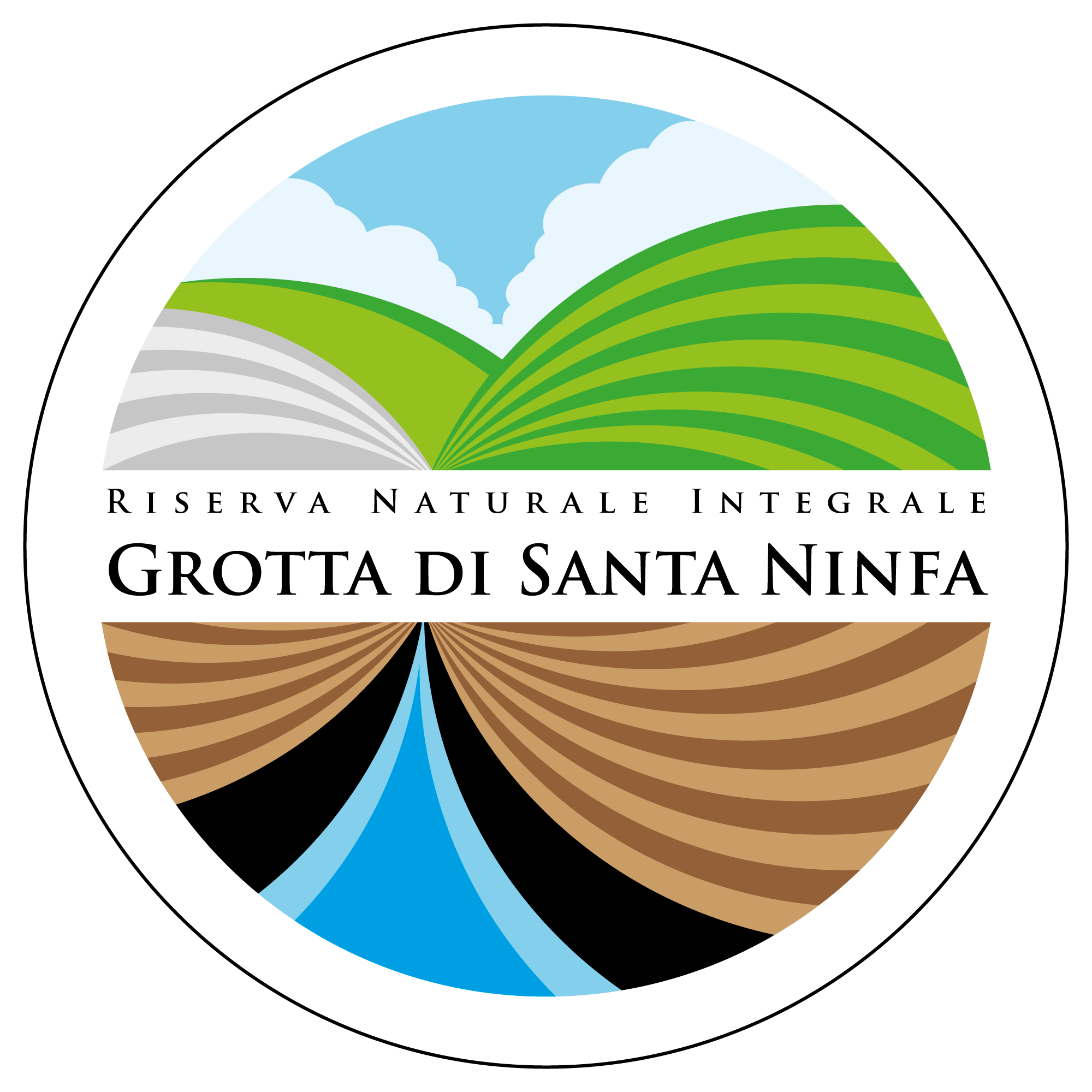
Rampinzeri Castle – the renovation
For the origins and history, Rampinzeri Castle cover a great importance for Santa Ninfa and the entire Belice valley’s identity and culture. However, the site become condemn since 1970 because of 1968 earthquake, for the cave in of the ground and atmosphere agents; gradually abandoned and maintenance absence, together with the development of serious fires, caused its complete decline.
Municipality of Santa Ninfa aware of the importance of the Castle, in 1991 plan the purchase of the complex and its destination as headquarters of natural reserve. With community resource of POR 2000-2006 financed by the Landscape and Environment Regional Department, the Municipality bought the whole building and lots of grounds that are around it (included the historic garden) and gave custody of some part of the building to the Reserve Managing Institution for publics purpose of valorization and fruition based on the natural and cultural resource of the district: headquarter of protect area, naturalistic museum, center of environment education and center of Karstic studies.
Analysis of the building
How it’s proved by the arch foundations system date back to late Middle Ages and by the cross and barrel vaults, the most ancient part of the building is that of “inner beam”, that is the body with two elevation out of the ground, that date back to the end of XV and beginning of the XVI century.
In the raised ground floor, there are different spaces of different dimensions, that communicate between them and are characterized by barrel-bearing ceiling, in the past used as accommodation for service staff (with kitchens), food provisions storage and recovery for the animal. The first floor, constituted by six communicant rooms, included family representation spaces and a big equipped kitchen.
Before the renovation, started in 2007, Rampinzeri Castle goes through serious decline conditions: vaults and walls wan fallen down, serious damage in the masonry, nonexistent coverage, a lot of addition made by the owner, chromatics alteration, deformation of metal chains, deep alteration of the fronts.
The renovation intervention is based on a careful historic and exploratory study of the building and composition’s materials, on the relief of the construction, on the study of the causes of instability and decline. After, the correct intervention methodology has been chosen, it would have been conservative and not invasive, reversible and respectful of existent techniques of construction; in addiction, materials must result compatible with that produced by the factory.
Renovations works
After first phase of process of securing, elimination of plaster and mortar joints, have been done the following conservative renovation interventions:
- Complete substitution of slab of inter-floor supported by beam of laminated wood, with the aim of give back to the building rigidity along the plane;
- Complete remake of coverage slab;
- Realization of two lame trusses of laminated wood as conclusion of gable roof;
- Wheat storage room coverage, that had not a coverage;
- Consolidation of architrave;
- Reconfiguration of arches that had modified their own original geometry: process of securing for the vaults, reconstruction of structural continuity by collocations of chains, insertion of carbon fiber strips with chalk, reinforcement with a pair of wooden board bolted to those existents and clamped to the reclaimed masonry;
- Seam of damage for reactive the building continuity along the lines of slot; in the case of big slot filling, reparation of damaged and eroded parts with the technique of “sew and unsew”; in case of particular serious damages has been necessary rebuild building structure;
- Stiffening of construction by cables inserted in wall panels, in order to reach an elevated grade of connection between the walls and to delimit the born of damage;
- Consolidation of pillar that presented collapse phenomenon, trough insertion of props that hold up two beams, the reconstruction of blocs using tuff ashlar, pressed bricks and lactation mortar and the reconfiguration of imposta d’arco.
